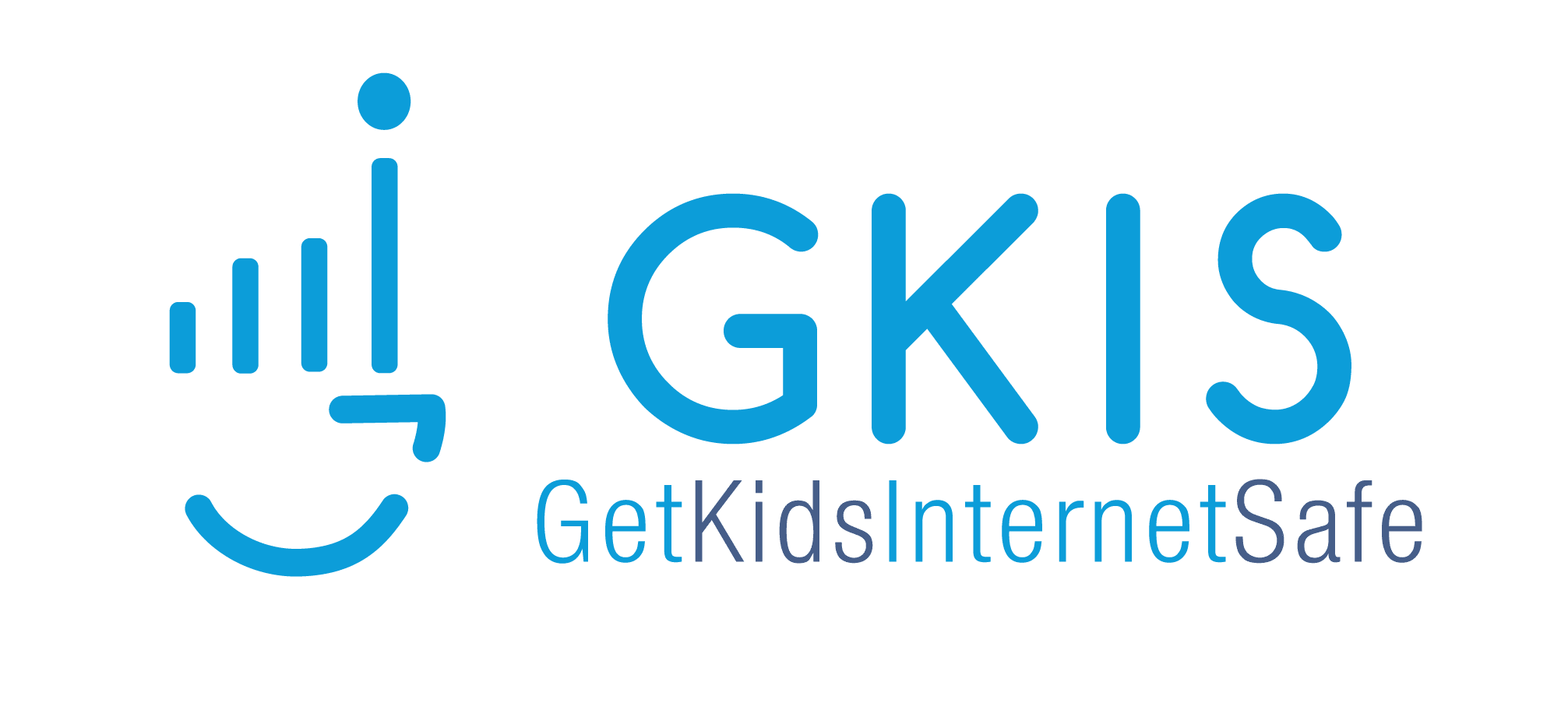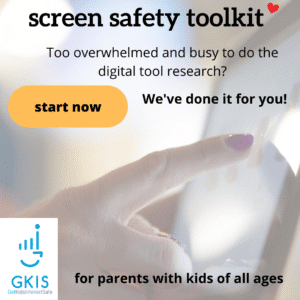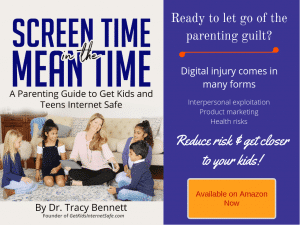
Remember when your kids were little and scared of the monsters in their closet? You did everything you could to make them feel safe and ease their fear. Just when you thought your kids were old enough for the monsters to be gone, a new one may be lurking. This new monster is known as a cyberbully and may show up on their computer, tablet, or smartphone.
Did you know that 22% of kids between the ages of twelve and eighteen report either being a target or a perpetrator of cyberbullying (National Center for Education Statistics, 2013)? With most homes having access to the Internet and smartphones, this monster can enter without permission and disrupt teen lives 24 hours a day, 7 days a week. The effects of being harassed by one can be psychologically damaging and even deadly.
A cyberbully is a new threat for anybody who is online, even little guys who play educational games or use a search browser. A cyberbully is a person who intentionally and repeatedly harasses a person via text messages, instant messaging, social media sites, or through any form of screen contact. These types of bullies are worse than traditional schoolyard bullies, because their attacks follow someone home, making the attacks inescapable in a place that should be safe. Cyber-attacks tend to be more frequent and emotionally vicious, because the attacker is unable to see the victim’s reactions, making empathy for the victim far more difficult. The perpetrator can also remain anonymous and often communicates in packs on public social media posts to humiliate and frighten the victim.
Cyberbully attack methods:
Social networking site shaming
This type of harassment may include posting mean and untrue things or starting rumors about someone in order to humiliate or get a response. Social media posts can reach thousands of people at once and may generate large audiences that join in on the shaming or harassment.
Threatening violence or stalking
Threatening violence is used to make a person fearful wherever they go. It makes the perpetrator feel powerful. Threatening messages can be threats of bodily harm or threats of telling a secret or starting a rumor. Stalking can include sending repeated unwanted messages that can include the threats, explicit language, or inappropriate content.
Altered or explicit photo sharing
With many photo editing apps available, a cyberbully can take an innocent photo and turn it into something else to shame or embarrass their target. The photos can be used to make fun of someone or point out flaws for others to comment on (this can relate back to shaming). Once this type photo is posted and shared, it can become difficult to take down (Chisholm, 2014).
Consequences from cyberbullying:
Emotional distress
Shame, embarrassment, fear, sadness, and chronic stress resulting from cyberbullying can lead to psychological disorders such as depression and anxiety.
Isolation and loneliness
When children are being harassed online, they may withdraw from social activities and alienate themselves to avoid the harassment, causing them to miss out and feel alone.
Feeling powerless
After being harassed over and over again in their home on the computer and everywhere they go with their tablet or smartphone, children may feel like there is nothing they can do to stop it. Feeling powerless over the harassment can lead to lack of confidence and lowered self-esteem.
What can parents do?
Seek help from schools and law enforcement
With increasing awareness, schools are commonly required to add digital citizenship and etiquette to their curriculum. As a result, cyberbully rates continue to drop (National Center for Education Statistics, 2013). Although every situation is different, in more instances where cyberbullying interferes with a student’s ability to feel safe at school, administrators and/or law enforcement will take action. Even if the incident is outside of the school’s jurisdiction, academic staff may offer referrals to helpful resources.
Maintain a trusting and nurturing relationship with your child that includes filtering and monitoring
Most victims and attackers are heavy Internet users. Parents can reduce risk by setting parental controls and privacy settings on computers and Internet sites.
Avoid habitually taking away screen use when your child runs into online challenges
Impulsively taking away your child’s screens when trouble arises will seem like a punishment and may result in their withdrawal instead of coming to you for help. Instead provide supportive guidance and maintain sensible rules and regulations about online activities. Be nurturing and let them know you are there for them. The more trust they have in you, the more willing they will be to open up and talk.
Make sure they know the difference between a “target” and a “victim”
If your child has been targeted, help him/her feel empowered rather than a helpless victim. Using the word target is more likely to result in him actively seeking help and support rather than suffering in shameful silence (Nixon, C., 2014). Educate your child and teach etiquette and digital citizenship skills so your child knows what is appropriate to view and post.
Encourage social activities that are not screen related
The less time children spend online, the less likely they will become targets. Support their participation in sports, music, art, or afterschool activities. This can help with reasonable screen time limits, build confidence and self-esteem, and offer positive social support.
Make home a safe place to relax and forget about outside stress
Just like you did when they were a small child, keep the monsters out of your house and make your children feel safe at home. For more at home help keeping your family safe and connected check out the GKIS Connected Family Course. To see what programs schools are implementing to keeps our children cyberbully free, read the GKIS article, “How Schools Keep our Kids Internet Safe.”

Onward to More Awesome Parenting,
Tracy S. Bennett, Ph.D.
Mom, Clinical Psychologist, CSUCI Adjunct Faculty
GetKidsInternetSafe.com
Works cited:
Adolescent cyberbullies and their victims may have physical, mental health problems. (2010). Mental Health Weekly Digest, 798.
Chisholm, J. (2014). Review of the status of cyberbullying and cyberbullying prevention.
Cyberpsychology: Journal of Psychosocial Research on Cyberspace, 8(4), article 6. doi: 10.5817/CP2014-4-6
Journal of Information Systems Education, 25(1), 77.
Nixon, Charisse L.“Current perspectives: the impact of cyberbullying on adolescent health.” Adolescent Health, Medicine & Therapeutics,5.default (2014): 143-58
Sabella, R. , Patchin, J. , & Hinduja, S. (2013). Cyberbullying myths and realities. Computers in Human Behavior, 29(6), 2703.
National Center for Education Statistics, 2013. https://nces.ed.gov/fastfacts/display.asp?id=719
Seiler, S. J., & Navarro, J. N. (2014). Bullying on the pixel playground: Investigating risk factors of cyberbullying at the intersection of children’s online-offline social lives. Cyberpsychology: Journal of Psychosocial Research on Cyberspace, 8(4), article 6. doi: 10.5817/CP2014-4-6
Don't worry, we will never spam you.










